Children begin vocalising from birth. Throughout childhood, learning to speak involves mastery of the production of consonants, vowels, syllables, words and prosody(intonation and stress) and tones (if appropriate). While most children achieve intelligible speech by 5 years, some do not and benefit from seeing a speech-language pathologist.
Recent terminology for children who have difficulty producing speech include:
· speech sound disorder (SSD)
· phonological impairment/disorder/delay
· articulation impairment/disorder/delay
· motor speech disorder
· childhood apraxia of speech (CAS)
· dysarthria
The Child Speech Committee has contributed a book chapter to the IALP book publication Addressing Communication Disorders in Unserved and Underserved Populations, authored by members of the Association, celebrating 100 years of the IALP by presenting ideas to assist all those who work with children and adults who have difficulty in communicating or swallowing in order to improve services for unserved and underserved communities.
It offers strategies to address disorders and conditions that affect many areas of everyday life and which are exacerbated by lack of adequate health, education and social services.
The book chapter is free for download here:
Speech Sound Disorders in Underserved and Unserved Populations by Grech et al. (2023)
Children’s speech development typically follows a predictable course even for children learning different languages:
Although children differ from each other in the way that that they speak, these milestones should be achieved at the expected ages. When these milestones are not achieved, a speech sound disorder may be diagnosed.
The reasons for a speech sound disorder are often hard to identify because speech is complex, involving many structures and processes. For many children, there is no known cause (even without a known cause there are many successful evidence-based interventions).
Known causes can be linked to the structure and function of the mouth (lips, teeth, palate, tongue), nose and ears, larynx (voice box), lungs, nerves, and brain since these impact speaking. Certain developmental disorders may explain speech disorders such as: cerebral palsy which impairs muscle function and often results in dysarthria, cleft palate which impairs the flow of air through the mouth, tongue tie which might impact the range of motion of the tongue, dental anomalies that might make it difficult to articulate speech sounds correctly. These disorders are rare however and are relatively easy to identify. There may be subtle differences in the development of brain structures thatimpair the ability to coordinate speech movements–the resulting speech sound disorder. For example, childhood apraxia of speech (CAS), is difficult to diagnose but treatable with intense speech therapy.
Speech sound development also requires intense listening. Children must learn which speech sounds are used in their language, and how those sounds are combined to create words, by attending to speech input from people around them. Hearing impairments, even the mild hearing impairment associated with chronic ear infections (otitis media/glue ear), can impact speech development. Sometimes children can hear sound perfectly but do not process speech input reliably and therefore have difficulty learning the speech sound system of the ambient language. For example, the child might not be sure whether similar words such as “tart” and “cart” mean the same thing ordifferent things. This kind of phonological processing disorder is often hereditary and is associated with problems in speech and reading development. It can be frustrating to not know the cause of your child’s speech sound disorder but effective speech intervention approaches can be applied even when the cause is uncertain.
Parents are the most important influences in children’s environments for promoting good speech development. Children learn speech by listening and by having good conversations. Parents are in the best position to talk with their children about topics that interest them. Adults can talk about what children are seeing and doing when they are are jointly engaged in the same activity. Everyday routine activities are perfect because children will hear the same words many times, and repeated in more complex sentences as time goes by. Bathing, making breakfast, getting ready for school, playing: all these daily activities are opportunities for rich conversations. Sharing picture books is an especially valuable activity for talking together: besides reading the story, talk about the pictures, respond to your child’s questions and comments, ask your child questions, and connect the story to your child’s own experiences. If you are concerned about your child’s pronunciation of a specific sound–perhaps your child says “wam” instead of “lamb”, you could share books or rhymes about lambs. However, it is best to use the book as an opportunity to model the difficult sound; do not try to teach your child correct pronunciation unless a speech therapist has advised you to practice saying the sound with your child. Therefore, you might have conversationslike this:
Parent: Look at all the animals in the field! How many lambs?
Child: One.
Parent: That’s right, one lamb. And on this page, how many lambs?
Child: Two wambs.
Parent: Yes, I see two lambs, one lamb, two lambs. A white lamb and a black lamb. Remember we saw a black lamb at the petting zoo?
In this example the child hears the word “lamb” said correctly many times. He is engaged in the conversation but is not pressured to speak correctly or embarrassed by errors. Overtime he will notice the difference between his own incorrect production and adult correct productions. This listening experience may help him learn to correct his pronunciation.
If your child is older and is continuing to misarticulate certain speech sounds, you might ask your child to engage in certain prereading activities while listening to sounds. For example, your child might say the “s” sound in a way that is distorted or slushy. Even with the older child, the opportunity to hear many good examples of the difficult sound will be valuable. You might cut out pictures together of words that start with different sounds such as “f” (feather, fish, forest), “th” (think, thorn, theatre), and “s” (saw, sand, soap). Ask your child to paste the pictures on to different pieces of paper marked with the appropriate letters. Alternatively, you might find pictures of words that start with “s”(saw, sand, soap) or end with “s” (bus, mouse, house); cut these out and paste them onto the right and left pages of a notebook. The idea is to give your child opportunities to listen carefully for the sound and decide which sound is which or where the sound is. Once again, do not practice speech production without the help of a speech-language pathologist. If your child does not seem to be improving, a speech-language pathologist can help you and your child with more specialized procedures.
The age at which children should be using all the adult consonants, vowels (and tones) can be influenced by the language/s they are exposed to. However, overall most consonants, vowels and tones are learned by 5 years of age (McLeod & Crowe, 2018). The rate and route of speech sound development for monolingual children may be different from that of multilingual children. In general consonants that are produced earlier are nasals (e.g., m, n, ng) and stops (e.g., b, p, t, d, k, g). Consonants that typically are produced later are fricatives (e.g., s, sh, th), affricates (e.g., ch, ts) and liquids (e.g., r).
Children who are exposed to bilingualism early on, are at an advantage, both in terms of speech and language skills and cognition. When children are exposed to more than one language from birth they can become proficient in these languages, as long as they receive consistent and abundant exposure to both. Think about children’s language exposure can in terms of person, place and time.
Children who start school with unresolved speech difficulties may have challenges in the school system. They may find it hard to communicate their needs to teachers and peers, may struggle with social aspects (e.g., making friends), and may have difficulty learning to read and write. Spoken language and literacy are linked to each other: spoken language is the foundation of the skills needed for reading and spelling. Speech sound disorders are often the result of a speech system that is immature or not developing in the usual way. This speech sound system is also the basis for a child’s reading and spelling, as they must make links between sounds that are heard or produced and the symbols on the page.
Phonological awareness – the ability to reflect on, identify and manipulate the sounds of language/s – is a good example of a skill that is closely linked to both speech and literacy. For example, identifying that there are three sounds in the word “dog” (d – o – g) AND “sheep” (sh – ee –p) requires phonological awareness; children with speech sound disorders may have difficulty performing such tasks. The nature and extent of a child’s speech difficulties do not always predict the type of experience they have at school. What is clear is that children with speech sound disorders benefit from early intervention in the preschool years, and if a child starts formal schooling with unresolved speech difficulties it is important that they receive support to address their communication challenges and any related literacy, academic and social issues.
McLeod, S., & Crowe, K. (2018). Children’s consonant acquisition in 27 languages: A cross-linguistic review. American Journal of Speech-Language Pathology, 27(4), 1546–1571. https://doi.org/10.1044/2018_AJSLP-17-0100
These guidelines were developed by the UK Child Speech Disorder Research Network and endorsed by the Royal College of Speech and Language Therapists to assist clinicians in identifying what types of transcription are needed in order to plan intervention for children with varying presentations of speech sounddisorder https://www.nbt.nhs.uk/sites/default/files/BSLTRU_Good%20practice%20guidelines_Transcription_2Ed_2017.pdf
These guidelines were developed by the UK Child Speech Disorder Research Network to accompany the transcription guidelines and provide guidance regarding the analysis of children’s speech samples for intervention. https://www.nbt.nhs.uk/sites/default/files/BSLTRU_Guidelines%20for%20Analysis%20of%20Child%20Speech%20Data%20FINAL%20v2%20Oct%202017.pdf
This position paper was developed by the International Expert Panel on Multilingual Children’s Speech to provide direction and practical strategies for speech-language pathologists and related professionals working with children who are multilingual and/or multicultural, and to inform policy to promote speech and language competence for all children in the languages of their communities. http://www.csu.edu.au/research/multilingual-speech/position-paper
This open access paper was reviews acquisition of consonants in 27 languages and demonstrates that typically developing children can produce most (or all) consonants in their language by 5 years of age. https://doi.org/10.1044/2018_AJSLP-17-0100
This open access paper was developed by the International Expert Panel on Multilingual Children’s Speech to support the assessment of children who do not speak the same language as the speech-language pathologist. https://doi.org/10.1044/2017_AJSLP-15-0161
The ICS has been developed to provide speech-language pathologists with information about children’s intelligibility(e.g., children with speech sound disorders, childhood apraxia of speech). It has been translated into over 70 languages and validated in a range of countries (e.g., Australia, Fiji, Hong Kong, Italy, Germany, Jamaica, Korea, Slovenia, Vietnam). More information and details of this free tool can be downloaded from http://www.csu.edu.au/research/multilingual-speech/ics
The purpose of this website is to present a compilation of resources in over 70 languages for speech-language pathologists who are working with multilingual children with speech sound disorders. It includes a list of speech acquisition studies, speech assessments, and information about languages. More information can be download from http://www.csu.edu.au/research/multilingual-speech/home
Speech assessment and analysis tools are freely available in a range of languages created as part of the CrosslinguisticProject on Phonological Development. More information can be downloaded from http://blogs.ubc.ca/crosslinguisticprojectmaterials/
Webfon is an online resource which supports the development and maintenance of phonetic transcription skills by providing hierarchically structured listening and transcription exercises combined withimmediate feedback on performance. The exercises, ranging from Fields 1 to 3, progress from phoneme classification and auditory discrimination tasks to the transcription of simulated clinical data and, finally, live recorded clinical speech samples. Webfon is free to access from: net.marjon.ac.uk/ptsp
Seeing speech demonstrates the production of the world’s consonants and vowels imaged with ultrasound, MRI, orin animated form. More information can be downloaded from http://www.seeingspeech.ac.uk
The IPA chart and all its subparts are copyright 2015/2005 by the International Phonetic Association and is available here: https://www.internationalphoneticassociation.org/content/full-ipa-chart
Provides IPA charts for 100+ languages http://accent.gmu.edu/browse_language.php
Transcription of Children’s Speech: IALP Child Speech Committee Special issue 2020
This special issue is available at: Folia Phoniatrica et Logopaedica 2020, Vol. 72, No. 2 – Karger Publishers and includes the following papers:
The international IALP Child Speech Committee Panel Series 2021-2022:
Book chapters in IALP Addressing communication disorders in unserved and underserved populations
Learn about our IALP Child Speech Committee here.
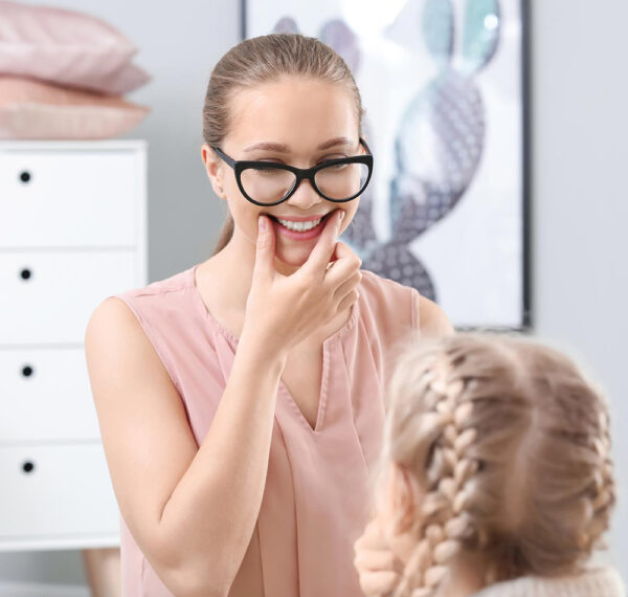
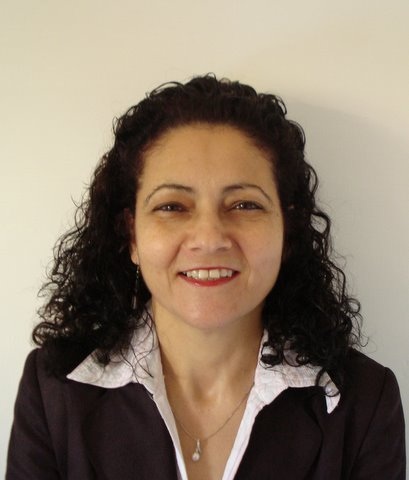
Helen has headed the Department of Communication Therapy within the Faculty of Health Sciences of the University of Malta, for 28 years. Her research interests are speech and language acquisition and disorders and communication difficulties in multilingual populations. Helen Grech is involved in cross-linguistic research projects and Inter-Governmental COST Actions. She was awarded several research grants by the European Commission and is a regular reviewer of research proposals funded by the European Commission and other national agencies. She is a former President and an Honoured member of the International Association of Communication Sciences and Disorders(IALP).Helen Grech is the current associated editor for Child Speech, of Folia Phoniatrica et Logopeadica.
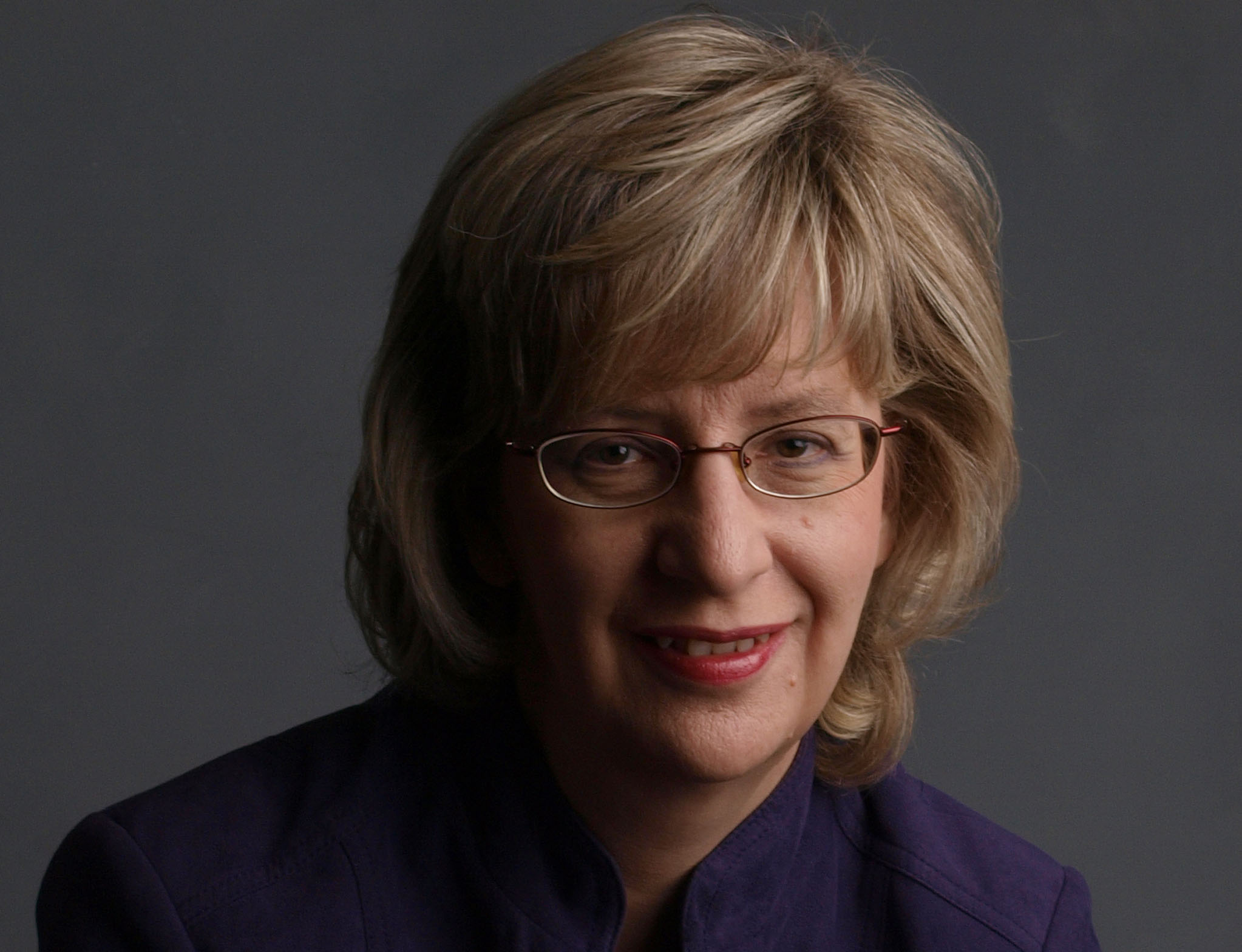
Susan is Professor in the School of Communication Sciences and Disorders at McGill University, Canada. She is a certified member of Speech-Language and Audiology Canada and a Fellow of the American Speech, Language and Hearing Association. Research interests are focused on phonological development and disorders with specific research topics including: the role of speech perception development in sound production learning; speech development in infancy; efficacy of interventions for phonological disorders; and computer applications in the treatment of phonological disorders. Current projects include a longitudinal investigation of deficits in phonological awareness skills in pre-schoolers with delayed phonological development, relationship between auditory attention and babbling skills in infants with early onset otitis media, and cross-linguistic differences in the acoustic characteristics of vowels produced by infants
Ben is a deputy head at Division of Speech-Language and Hearing Impairment, Faculty of Special Education, Ha Noi National University of Education, Viet Nam and is an adjunct research fellow at Charles Sturt University, Australia. She is a member of the Asia Pacific Society of Speech, Language and Hearing; American Speech-Language-Hearing Association (ASHA); and the International Expert Panel on Multilingual Children’s Speech. She has clinically worked to provide assessment and support speech, language and communication skills for children from a range of disabilities at the Viet Speech Center, a special education center in Ha Noi. Her main research interests are on typical and atypical speech acquisition of Vietnamese-speaking children. She is the first author of the Vietnamese Speech Assessment and a co-author of the Vietnamese Language Screener.
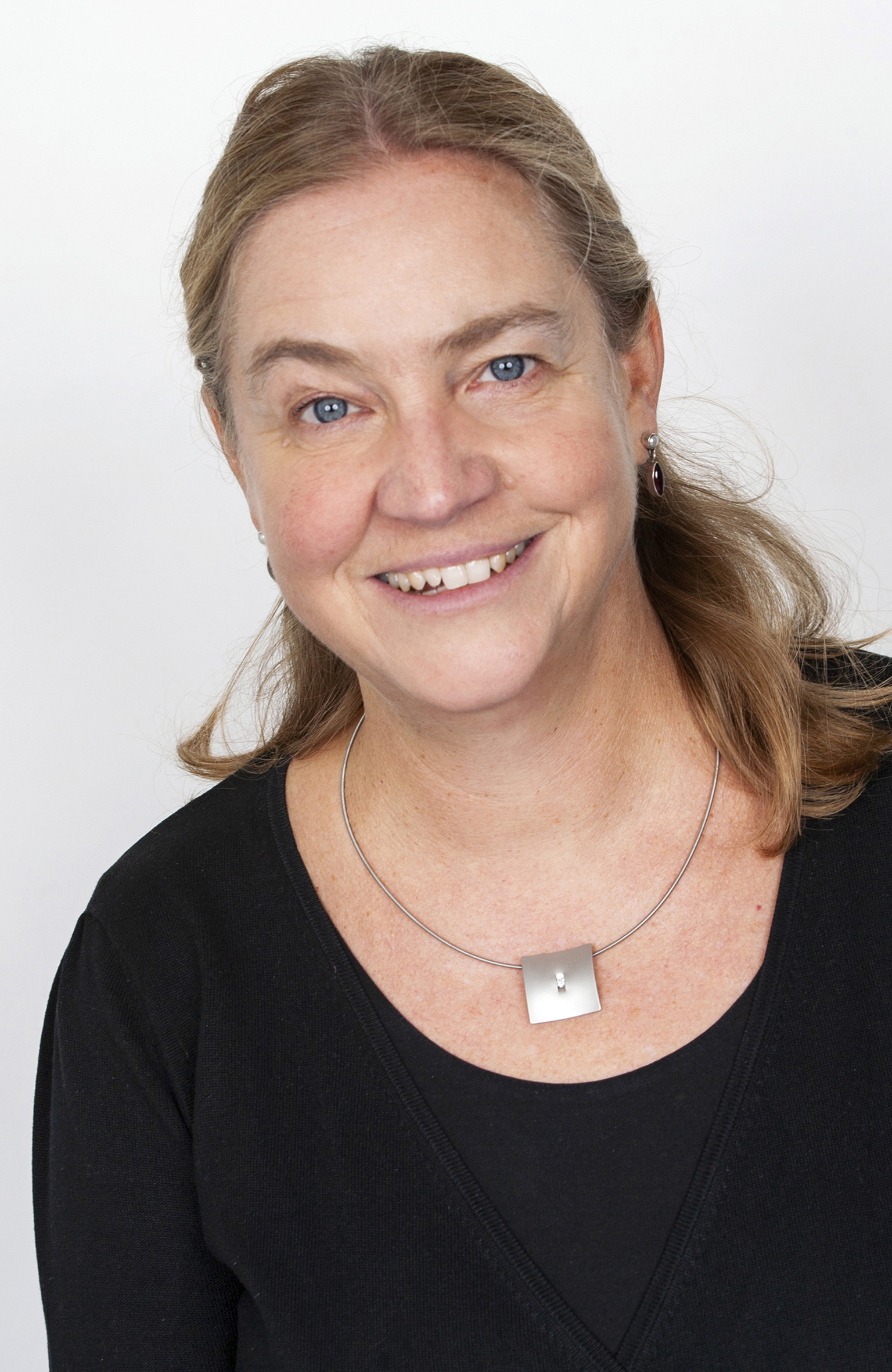
Annetteis Senior Research Fellow at the University of Luebeck, Germany, and previously Professor of Speech and Language Therapy at the European University of Applied Sciences, Rostock. Her main areas of interest are the phonetic and phonological development in children, childhood speech disorders, phonological awareness and multilingualism. She is editor-in-chief for Sprache-Stimme-Gehoer, a founding member of GISKID–the interdisciplinary society for child language and childhood language disorders in German speaking countries and part of the scientific advisory board of the dbl.
Thóra is a registered speech and language therapist/pathologist and an assistant professor at the Department of Speech-Language Pathology, Faculty of Medicine, at the University of Iceland. She is a member of American Speech-Language-Hearing Association (ASHA),and the International Expert Panel on Multilingual Children’ Speech. Thóra‘s research interests are mainly within phonological development as well as protracted development. In the recent years, she has lead a team of researchers developing standardized speech and language assessment tests for Icelandic-speaking children. Thórais the author of Málhljóðapróf ÞM [ÞM‘s Test of Speech Sound Disorders]. She has been an active research member involved with the Cross linguistic study of protracted phonological development, led by Barbara May Bernhardt and Joseph Stemberger at University of British Columbia, Vancouver, Canada.
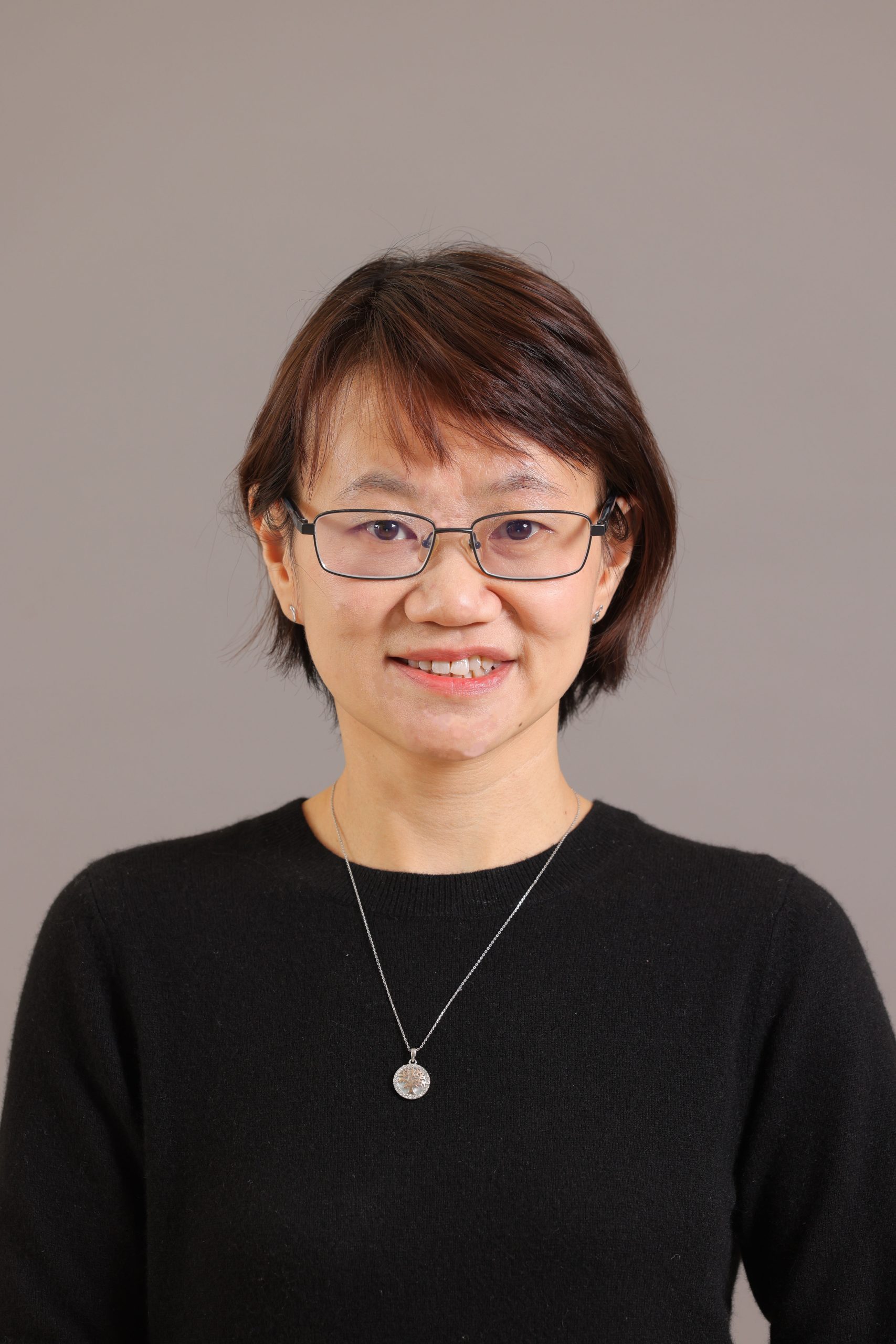
Carol is Director of Clinical Education at the University of Hong Kong, SAR China and Research Professor(Adjunct) at Charles Sturt University, Australia. She is on the editorial board of Bilingualism: Language and Cognition; and Speech, Language and Hearing. She has published widely and has been is the principal investigator on a number of large grants, most recently: Neuroimaging to predict language and cognitive outcomes in pre-term infants; the efficacy of a parent-implemented language facilitation program for children with autism spectrum disorders; Cantonese child directed speech by South Asian, immigrant Chinese, and local Hong Kong mothers; differential response-to-treatment to inform diagnosis of CAS; and investigating prognosis and risk factors of speech sound disorder: A natural history study using a survival analysis approach.
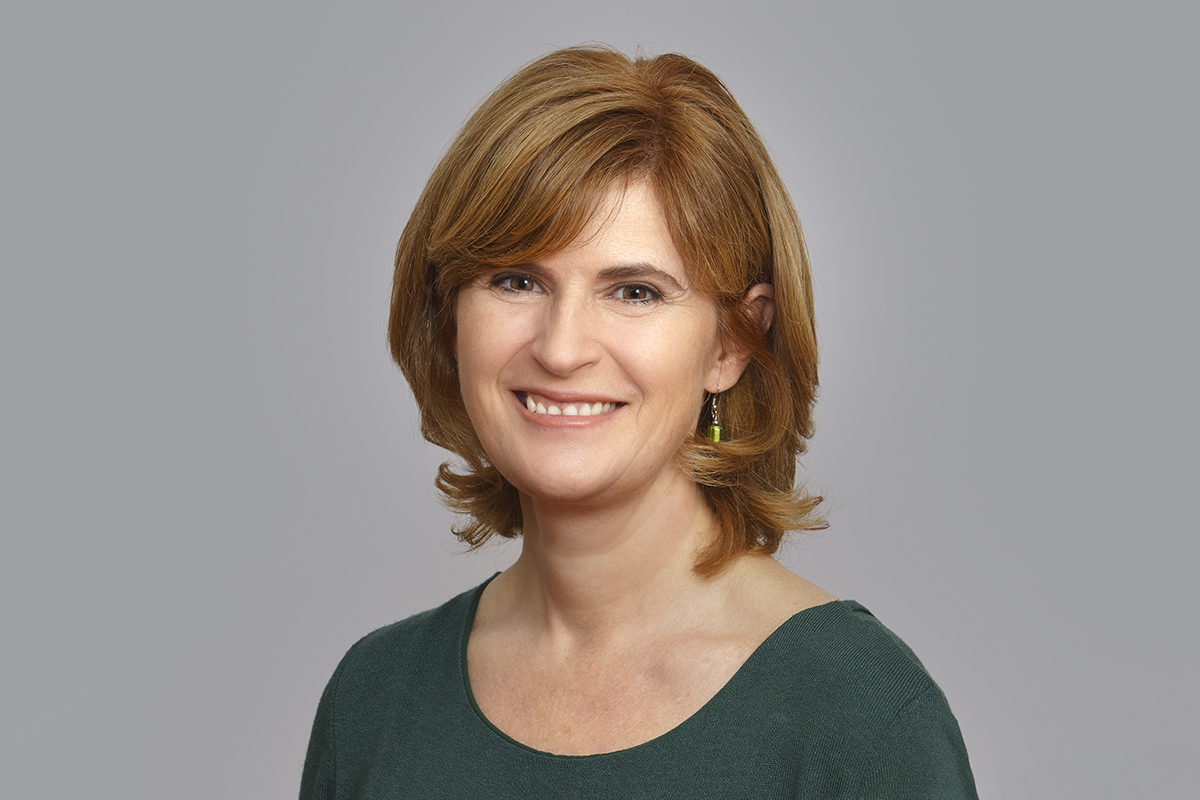
Yvonne is Director of Bristol Speech and Language Therapy Research Unit (BSLTRU) in the south-west of England, Associate Professor of Speech and Communication at the University of Bristol, and Reader in Speech and Language Therapy at Cardiff Metropolitan University. She is also a registered speech and language therapist. Yvonne was Chair of the IALP Child Speech Committee from 2016 to 2022 and now serves as a consultant to the committee. She is also founder and current chair of the United Kingdom and Ireland Child Speech Disorder Research Network. She leads the research activity at BSLTRU and in that role, her research covers a wide range of areas related to communication impairment but she has a special interest in child speech development and disorder. She is currently leading a national cohort study of child speech and language development in children born with cleft palate in the UK.
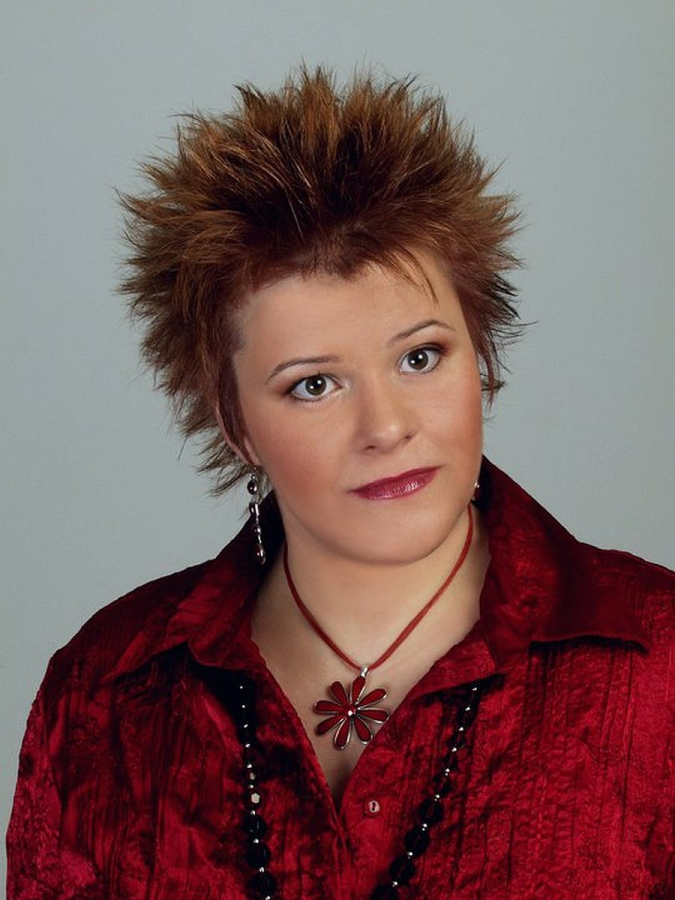
Krisztina has a PhD in Speech and Hearing Sciences and currently works at Széchenyi István University, Győr, Hungary. Her research focuses on speech sound acquisition cross-linguistically, both in typical and atypical populations. She has also published on how individual speech sounds are taught to children in motherese. Her secondary research interest is the acquisition of speech timing in children and the teaching of speech timing to children by adults. In addition, she has been involved in researching children with language disorders, especially DLDs. She is a member of the International Expert Panel on Multilingual Children’s Speech and the head of the Institutional Research Ethics Review Board at Széchenyi István. University.
The biosketch for this committee member is not yet available.
© 2024 IALP, All rights reserved | Master Privacy Policy | Cookie Policy
An individual enrolled for part- or full-time study for preregistration, undergraduate or postgraduate studies directly related to the field of human communication disorders and sciences at a formal education institution. Students must provide official evidence of enrolment at the time of joining the Association and/or registering for a congress/composium.
On behalf of the IALP I would like to thank you for considering membership in our global organisation of professionals.